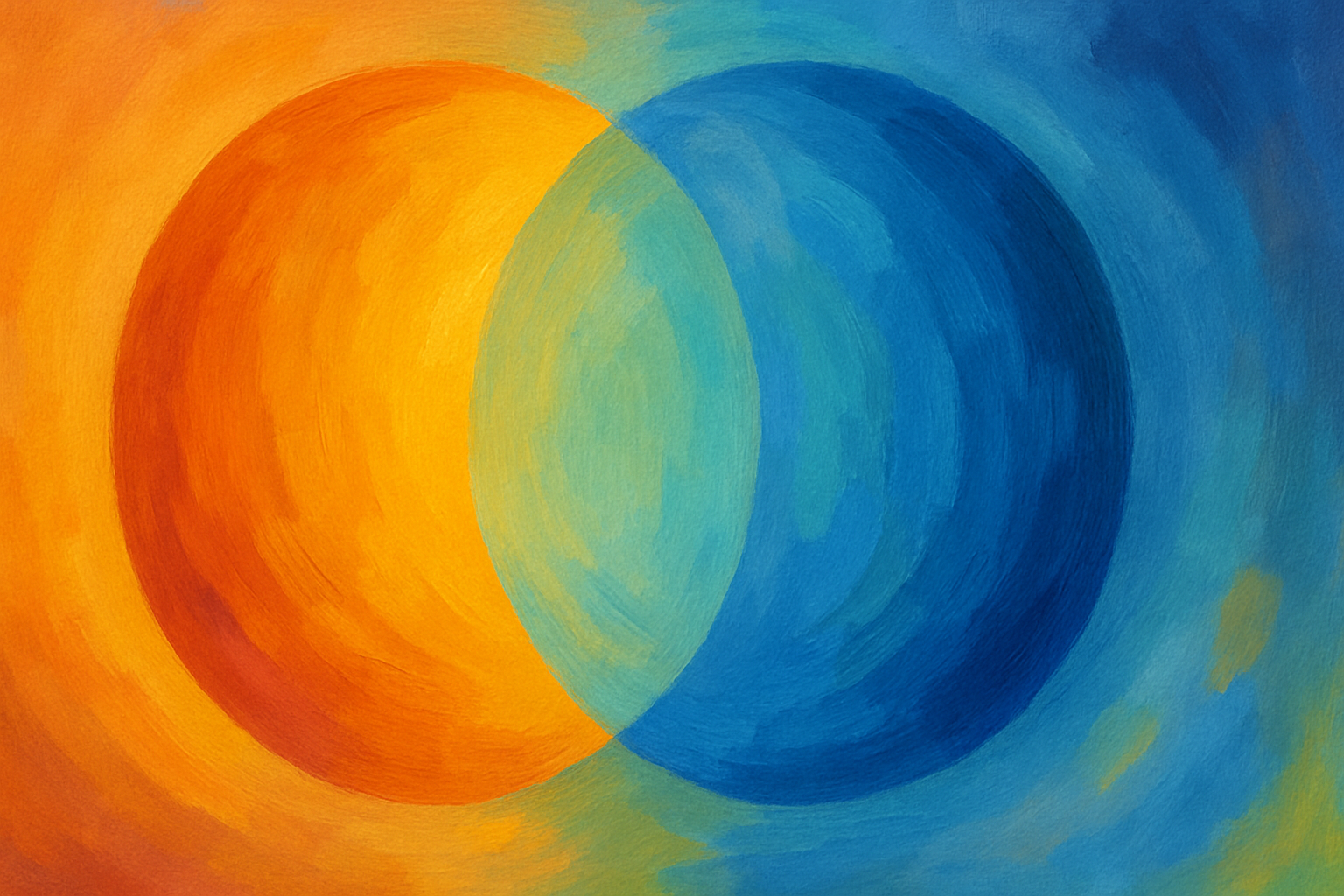Bipolar Disorder

Bipolar disorder is a mental health condition characterized by extreme mood swings that include emotional highs (mania or hypomania) and lows (depression).
Note: This information is provided for educational purposes only and is not intended as a substitute for professional medical advice, diagnosis, or treatment. Always seek the advice of a qualified healthcare provider with any questions you may have regarding a medical condition.
What is Bipolar Disorder?
Bipolar disorder, formerly called manic depression, is a mental health condition that causes extreme mood swings that include emotional highs (mania or hypomania) and lows (depression). When you become depressed, you may feel sad or hopeless and lose interest or pleasure in most activities. When your mood shifts to mania or hypomania (a less extreme form of mania), you may feel euphoric, full of energy or unusually irritable. These mood swings can significantly affect energy, activity, judgment, behavior, and the ability to think clearly. Episodes of mood swings may occur rarely or multiple times a year.
Common Symptoms
Symptoms of bipolar disorder vary depending on whether the individual is experiencing a manic/hypomanic or depressive episode:
- Manic episode symptoms: Feeling unusually upbeat or jumpy, increased energy or agitation, exaggerated sense of well-being and self-confidence (euphoria), decreased need for sleep, unusual talkativeness, racing thoughts, distractibility, poor decision-making (e.g., shopping sprees, sexual risks, foolish investments)
- Hypomanic episode symptoms: Similar to mania but less severe, causing less significant problems in daily functioning
- Major depressive episode symptoms: Depressed mood (feeling sad, empty, hopeless), markedly diminished interest or pleasure in activities, significant weight loss or gain, insomnia or sleeping too much, restlessness or slowed behavior, fatigue or loss of energy, feelings of worthlessness or excessive guilt, diminished ability to think or concentrate, recurrent thoughts of death or suicide
- Some people may experience symptoms of mania and depression at the same time, called a 'mixed state'
- In severe cases, bipolar disorder can lead to psychosis, including delusions or hallucinations
Causes and Risk Factors
The exact cause of bipolar disorder is not fully understood, but several factors likely contribute to its development. These include biological differences in brain structure and function, genetic factors (bipolar disorder is more common in people with first-degree relatives who have the condition), and environmental factors such as stress, trauma, or major life changes that can trigger episodes in vulnerable individuals. Bipolar disorder is not caused by personal weakness or a character flaw.
Common Treatment Approaches
Bipolar disorder is a lifelong condition, but it can be effectively managed with appropriate treatment. Treatment typically includes a combination of medication and psychotherapy.
Therapy Options
Several types of psychotherapy can be beneficial for people with bipolar disorder. These include Cognitive Behavioral Therapy (CBT), which helps identify and change negative thought patterns and behaviors; Interpersonal and Social Rhythm Therapy (IPSRT), which focuses on stabilizing daily routines and resolving relationship problems; and Family-Focused Therapy, which involves family members to enhance support and communication. Psychoeducation, or learning about the condition, is also an important component of treatment.
Medication Options
Medications are a key part of treatment for bipolar disorder. Mood stabilizers, such as lithium, are often the first-line treatment. Anticonvulsants, atypical antipsychotics, and antidepressants (used carefully, usually in combination with a mood stabilizer) may also be prescribed. The specific medication or combination of medications depends on the individual's symptoms and response to treatment.
Self-Care Strategies
In addition to professional treatment, self-care strategies can help manage bipolar disorder:
- Stick to a regular routine, especially for sleep, meals, and exercise
- Learn to recognize the early warning signs of manic or depressive episodes
- Keep a mood journal to track daily mood, sleep, medication, and external factors that may affect symptoms
- Avoid alcohol and recreational drugs, which can trigger or worsen mood episodes
- Practice stress management techniques such as meditation, yoga, or deep breathing
- Build a strong support network of friends, family, and healthcare providers
- Join a support group for people with bipolar disorder
- Take medications as prescribed, even when feeling well
- Maintain regular appointments with healthcare providers
When to Seek Professional Help
If you're experiencing symptoms of bipolar disorder, it's important to see a healthcare provider or mental health professional. If you're having thoughts of harming yourself or others, seek emergency help immediately by calling 911 or going to the nearest emergency room. With proper treatment and support, most people with bipolar disorder can lead fulfilling lives.
Quick Facts
-
Bipolar disorder affects approximately 2.8% of U.S. adults each year.
-
The average age of onset for bipolar disorder is 25 years, but it can occur at any age.
-
Bipolar disorder is equally common among men and women.
-
Without treatment, bipolar disorder tends to worsen over time and episodes may become more frequent or severe.
-
With appropriate treatment, many people with bipolar disorder can achieve stability and manage their symptoms effectively.
Related Conditions
Resources
Looking for support with Bipolar Disorder?